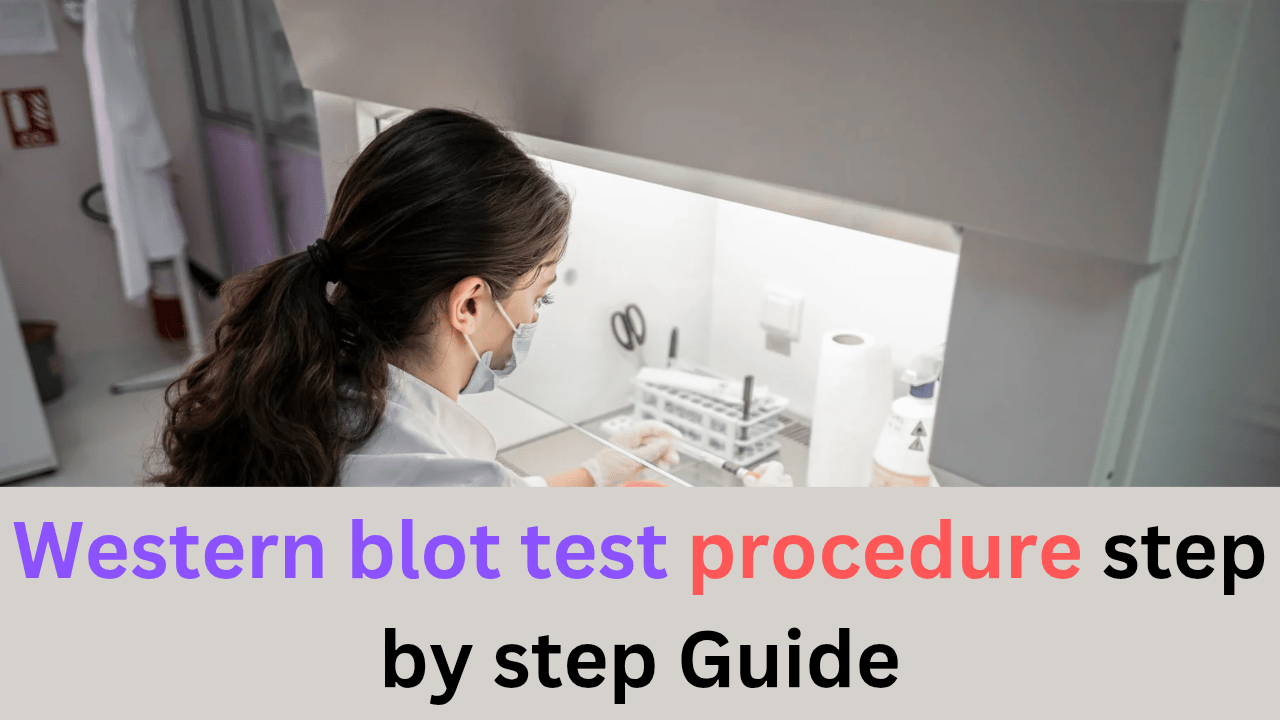The Western blot test is a widely used analytical technique in molecular biology, immunology, and clinical diagnostics. It is primarily employed to detect specific proteins in a sample.
This makes it invaluable for diagnosing infections, autoimmune disorders, and more. This article delves into the Western blot procedure, detailing its steps and applications.
What is a Western Blot Test?
The Western blot test is a laboratory method used to separate, find, and quantify proteins.
The process combines gel Electrophoresis and antibody-based detection to guarantee high specificity and sensitivity.
Materials and Equipment Needed
Reagents
- Protein sample
- SDS-PAGE gel
- Transfer buffer
- Blocking solution (e.g., bovine serum albumin or non-fat milk)
- Primary and secondary antibodies
- Chemiluminescent or colorimetric substrates
Equipment
- Gel Electrophoresis apparatus
- Blotting system (wet or semi-dry transfer setup)
- Incubator or shaker
- Imaging system (e.g., chemiluminescence detector)
Western Blot test Procedure
Step 1: Protein Extraction
- Sample Preparation:
Extract proteins from cells or tissues using a lysis buffer containing protease inhibitors. - Quantification:
Measure the protein concentration using assays like the Bradford or BCA assay to ensure consistent loading.
Step 2: Gel Electrophoresis
- SDS-PAGE:
Load equal amounts of protein into the wells of a polyacrylamide gel. Apply an electric current to separate proteins based on size. Smaller proteins migrate faster through the gel. - Staining (Optional):
Use Coomassie blue or silver stain to visualize the protein bands.
Step 3: Protein Transfer
- Blotting:
Transfer the proteins from the gel onto a nitrocellulose or PVDF membrane using an electric current. - Membrane Blocking:
Incubate the membrane in a blocking solution to prevent non-specific binding of antibodies.
Step 4: Antibody Binding
- Primary Antibody Incubation:
Treat the membrane with a primary antibody specific to the target protein. This antibody binds directly to the protein of interest. - Washing:
Wash the membrane to remove unbound primary antibodies. - Secondary Antibody Incubation:
Apply a secondary antibody conjugated to a reporter enzyme (e.g., horseradish peroxidase). This binds to the primary antibody.
Step 5: Detection
- Substrate Application:
Add a substrate compatible with the reporter enzyme to produce a detectable signal, like chemiluminescence or color change. - Imaging:
Capture the signal using imaging equipment. Analyze the intensity of bands to quantify protein levels.
Troubleshooting Tips
- Weak or No Signal: Ensure proper antibody concentration and substrate activity.
- Non-Specific Bands: Use a more stringent blocking solution or reduce antibody concentration.
- Uneven Bands: Verify even loading and transfer during gel electrophoresis and blotting.
Applications of Western Blot
Medical Diagnostics
- Diagnosing infectious diseases (e.g., HIV, Lyme disease).
- Confirming autoimmune disorders (e.g., systemic lupus erythematosus).
Research
- Studying protein expression in cells and tissues.
- Detecting post-translational modifications, such as phosphorylation.
Advantages of Western Blot
- High specificity due to antibody-based detection.
- Quantitative and qualitative analysis of proteins.
- Compatibility with a wide range of samples.
Limitations
- Time-consuming process.
- Requires technical expertise.
- Sensitivity depends on antibody quality.

1 thought on “Western blot test procedure step by step Guide”